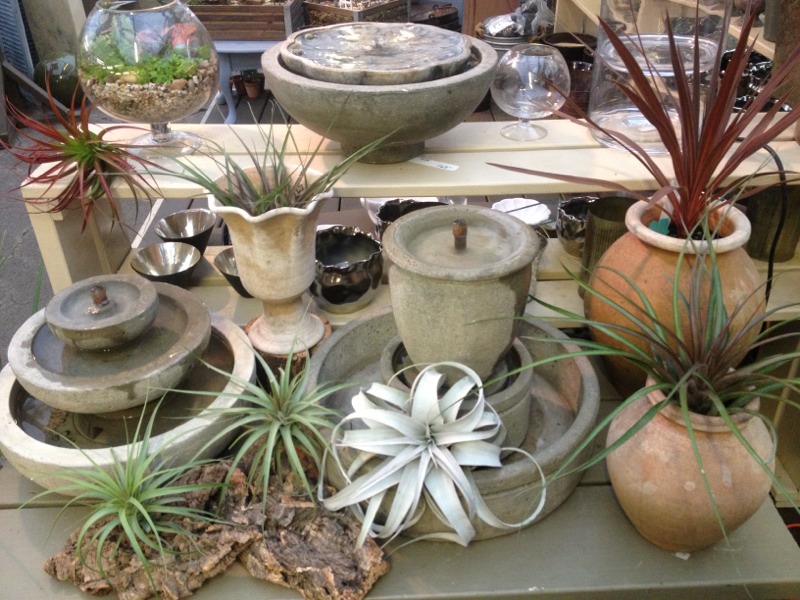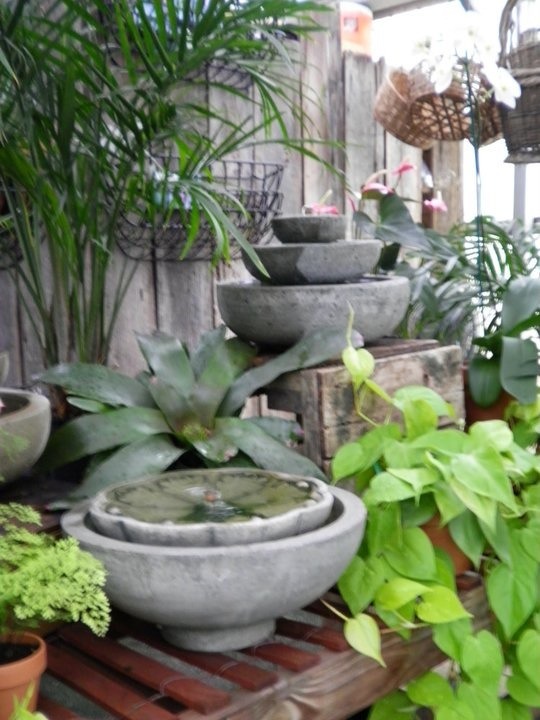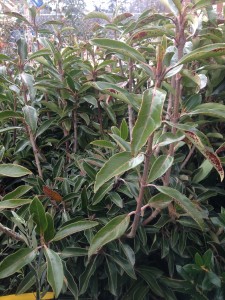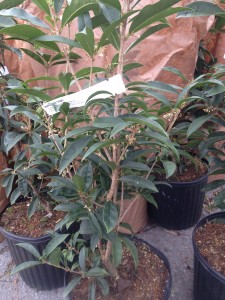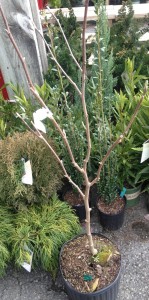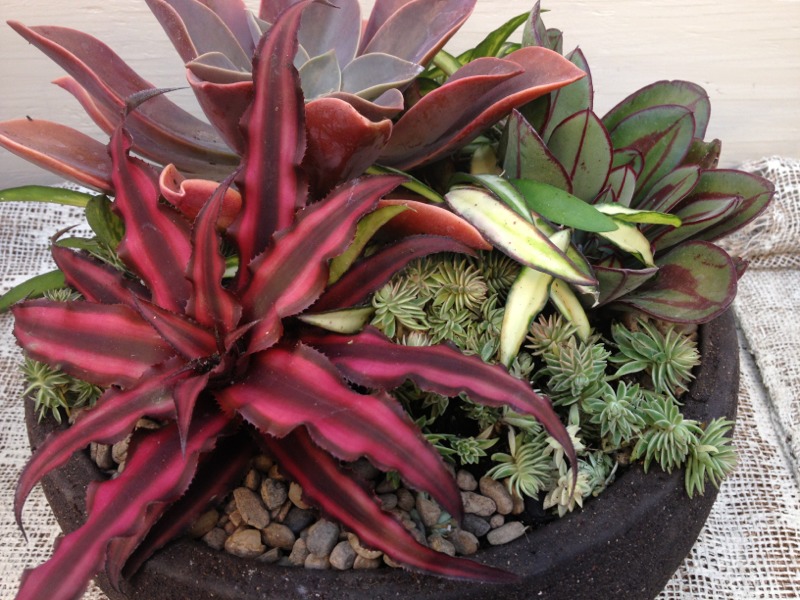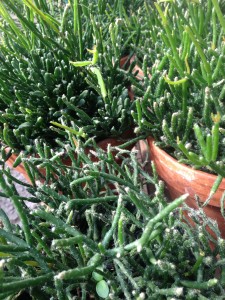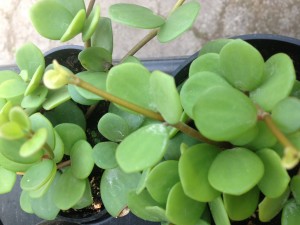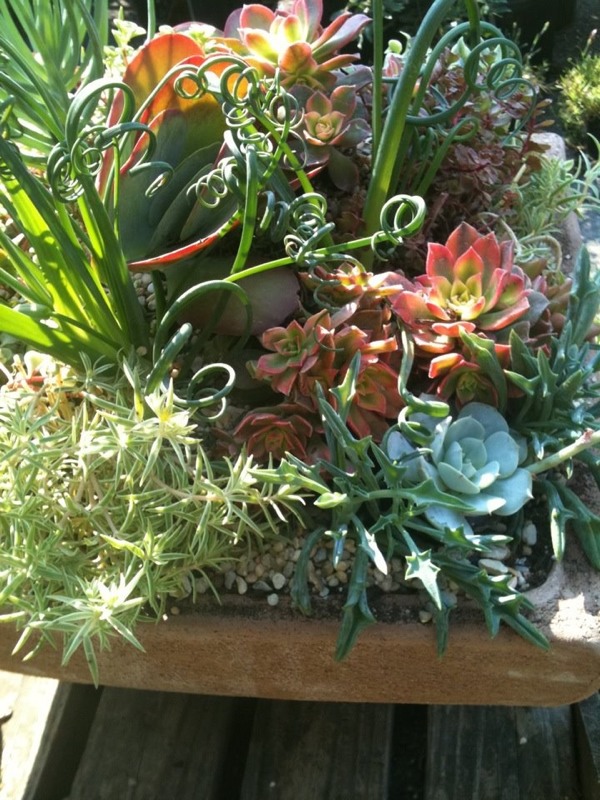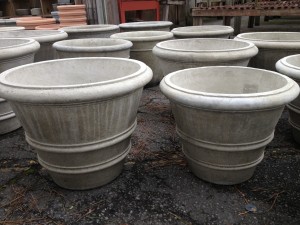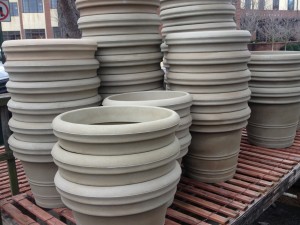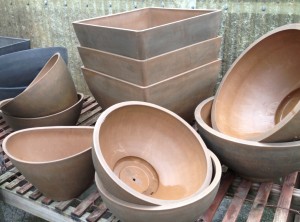If you didn’t have success with your annual impatiens plantings last year it may have been due to a disease called downy mildew. We’d like to offer information on this and suggest some alternatives for you this season. Thanks to Jim Jacobi of the Alabama Cooperative Extension System for some of the pictures used here, and to Al Krismer at Al Krismer Plant Farm for helpful information concerning this disease that affects bedding plant impatiens and double impatiens.
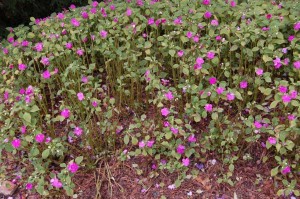
Photo courtesy Jim Jacobi, Extension Specialist
Alabama Cooperative Extension Systems
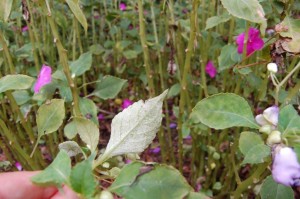
Tell-tale signs of downy mildew
Photo courtesy Jim Jacobi
Alabama Cooperative Extension Services
Impatiens downy mildew is a disease which affects impatiens in the landscape, developing in cool humid conditions – just what many of our evenings are like here in early spring when folks are planting. Symptoms begin with yellow spots on the leaves. It slowly progresses, until under the leaves there will be a white, almost fuzzy growth, (hence the name) leaving a weakened plant with no blooms and finally, just spindly stems.
Impatiens downy mildew needs water and cool temperatures to spread. It can also occur in the more humid evenings in the summer. As of April 2013, there are no fungicides to combat this disease. Airborne spores can travel several miles, infecting distant impatiens plantings under favorable conditions. Younger plants seem most susceptible.
If this happened to your impatiens last year, we strongly advise not replanting impatiens in those areas. Spores from the disease can overwinter in the soil for several years, re-infesting new impatiens plantings.
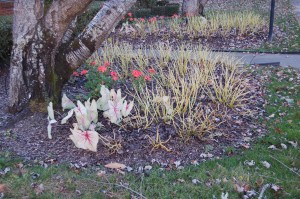
Best not to plant impatiens here this year.
Photo courtesy Jim Jacobi
Alabama Cooperative Extension Services
There are, however, some impatiens that have been found to have a resistance to this disease – the Sunpatiens and New Guinea impatiens are immune. If your bedding plant impatiens were not affected last summer, and you’d like to continue planting them, we will have some available and suggest planting fewer in case yours are affected by airborne spores. (As of Spring, 2015, we’ll be offering Bounce impatiens, a new series of mildew resistant impatiens, also.)
We want to assure you that there are many wonderful alternatives to impatiens – you can still have color in your shady landscape. We will offer those listed below and many more – you may even discover a new favorite!
SOME GREAT ALTERNATIVES
(And there are more where these came from!)

Caladium in the landscape – photo courtesy Missouri Botanical Gardens
Caladiums – There are so many patterns and colors of caladiums, and they all work in shady spots either in the ground or in pots. There are also varieties that will be happy in sun too.

New Guinea impatiens – photo courtesy of Erik Runkle, Michigan State University
New Guinea Impatiens & Sunpatiens are immune to this disease!
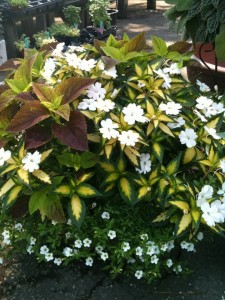
This is a variegated leaf Sunpatiens. They also have solid green leaves….
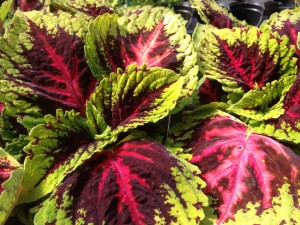
Coleus leaves come in every color and pattern imagineable…
Coleus – Oh the varieties of coleus! You could do an entire bed with nothing but different coleus leaves and it would be knockout! An added bonus is that most of them get as big as impatiens and every bit as colorful. Again, they will work well in planters and in the ground.
Begonias – You don’t have to go with your grandma’s bedding plant wax begonias, though we’re not going to turn our nose up at them – they are beautiful when grown well. But there are others too, notably the enormous Dragonwings which are available in a red and pink. If you’d prefer white, Babywing are a bit smaller but every bit as floriferous, and do very well in shade and filtered sun.
Strobilanthes/Persian Shield – you may not be familiar with this one, but you should be! Iridescent, purple leaves with silver veinings make this an absolute must for your partially shaded garden, and it can handle sun with adequate moisture too. If you already have a bed filled with perennial ferns, hostas, and other shade lovers, this is a wonderful filler and adds a silvery, almost metallic sheen.
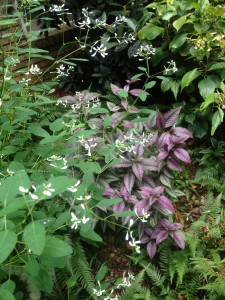
Purple/silver strobilanthes with euphorbia ‘Diamond Frost’ in a bed of hydrangea and fern
Plectranthus/Swedish Ivy – beautiful variegated or silver foliage.

Swedish ivy – photo courtesy of Missouri Botanical Garden
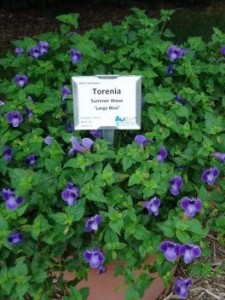
Torenia – photo courtesy of Michigan State University Trial Gardens
Torenia – With it’s blue, white or pink blooms, torenia, or wishbone flower comes in a trailing variety or as a short, upright plant and will do best in partial shade, not heavy shade.

Mealycup Sage – photo courtesy of Missouri Botanical Garden
Salvia farinacea/mealycup sage – With it’s blue flower spkes, this salvia prefers a touch of shade in our southern heat, so it’s a very good alternative in beds that get some morning sun but shade in the afternoon – and it will need less water than your impatiens ever did!

Alternanthera/Joseph’s Coat – Photo courtesy of Erik Runkle, Michigan State University
Alternanthera Joseph’s Coat – Another foliage alternative – very pretty with the big leaves of caladiums….
We hope a solution is found to combat this disease. Until then, being informed is the best defense – and we want you to have the latest and most complete and accurate information.
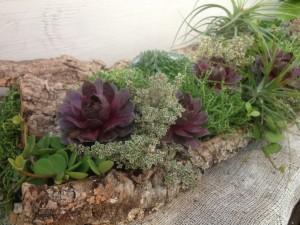
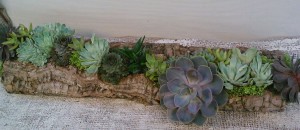 These cork bark pieces are so organic and natural…we love them and wanted to pass on just a couple of ideas for planting them. Actually, they were one of those happy accidents – one wrong stroke of the keyboard, with a different item number ordered than planned, and, voila, these cork bark pieces arrived the other day that were rounded, with just enough space for planting rather than being flat…oh, happy day!
These cork bark pieces are so organic and natural…we love them and wanted to pass on just a couple of ideas for planting them. Actually, they were one of those happy accidents – one wrong stroke of the keyboard, with a different item number ordered than planned, and, voila, these cork bark pieces arrived the other day that were rounded, with just enough space for planting rather than being flat…oh, happy day!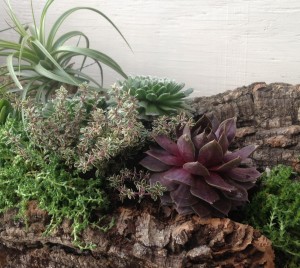 Of course, if you’ve been keeping up with previous posts, you know we’ve gotten in some pretty cool looking succulents, as well as air plants and the beginning of the new season’s herb offerings. So, with all this bounty to work with, one bark planter became a succulent, herb, airplant design and the other became a study in silvery grays and blues with a pop of chartreuse…
Of course, if you’ve been keeping up with previous posts, you know we’ve gotten in some pretty cool looking succulents, as well as air plants and the beginning of the new season’s herb offerings. So, with all this bounty to work with, one bark planter became a succulent, herb, airplant design and the other became a study in silvery grays and blues with a pop of chartreuse…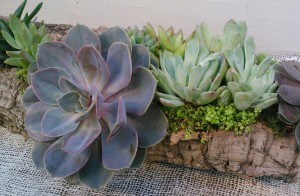
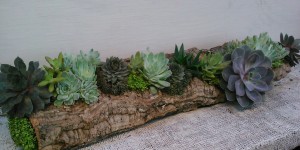 As with any combination planting, look at color, texture and form of the plants you’re working with. The bark is rough and brown…in one planting the red coloring of the hens and chicks play off the brown of the planter while the red edging of the thyme also picks up the color of the succulents. The spiky air plants contrast with the rounded forms of the rolled bark as well.
As with any combination planting, look at color, texture and form of the plants you’re working with. The bark is rough and brown…in one planting the red coloring of the hens and chicks play off the brown of the planter while the red edging of the thyme also picks up the color of the succulents. The spiky air plants contrast with the rounded forms of the rolled bark as well.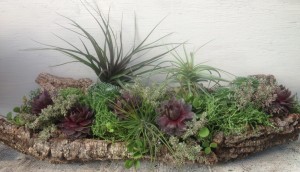

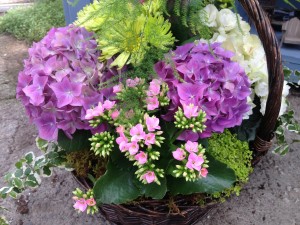
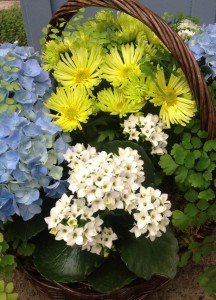
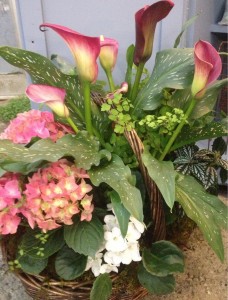
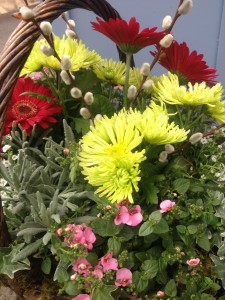
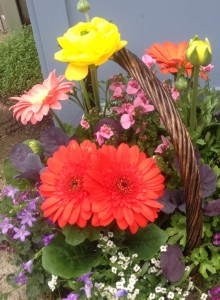 And there are such pretty things to play with! This time of year, with spring in the air but not quite yet here – this is the time of hydrangeas, calla lilies and sweet alyssum – the soft colors of Easter mingling and overlapping with the brightness of other, more exuberant blooms of gerbera daisies, ranunculus and the first of the geraniums. So much to work with! So we begin to gather flowers and foliage and perhaps a few herbs to add their scent, color and texture to the mix.
And there are such pretty things to play with! This time of year, with spring in the air but not quite yet here – this is the time of hydrangeas, calla lilies and sweet alyssum – the soft colors of Easter mingling and overlapping with the brightness of other, more exuberant blooms of gerbera daisies, ranunculus and the first of the geraniums. So much to work with! So we begin to gather flowers and foliage and perhaps a few herbs to add their scent, color and texture to the mix.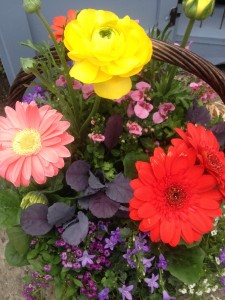 This post isn’t going to be about design rules, because quite frankly, we sometimes break them. (Maybe we’re just rebels at heart!) No, this is about what feels and looks right to you. And, perhaps it’s more about not being afraid of making a “mistake” – with arrangements, container plantings or your own garden.
This post isn’t going to be about design rules, because quite frankly, we sometimes break them. (Maybe we’re just rebels at heart!) No, this is about what feels and looks right to you. And, perhaps it’s more about not being afraid of making a “mistake” – with arrangements, container plantings or your own garden.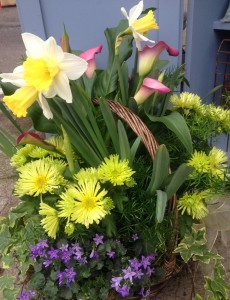












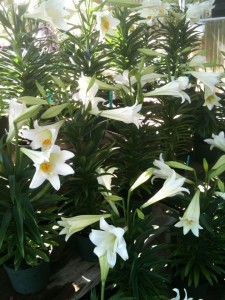
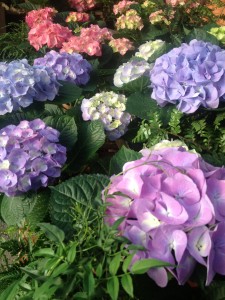
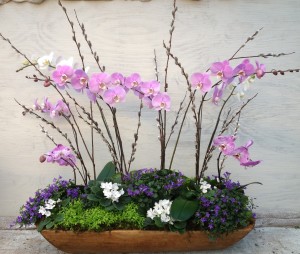
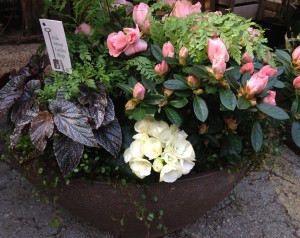
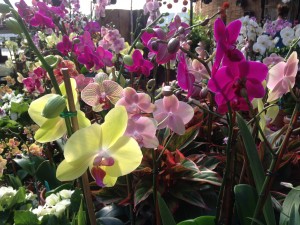
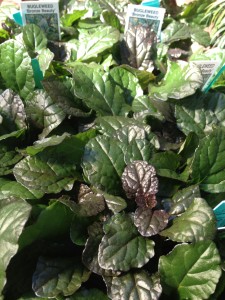
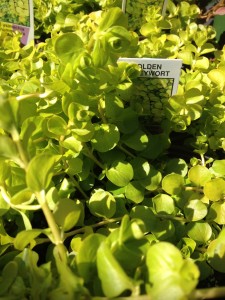
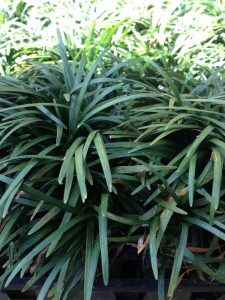
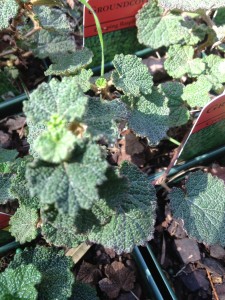
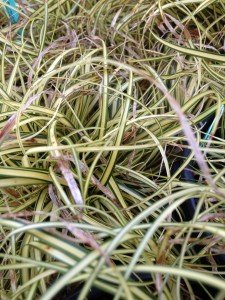
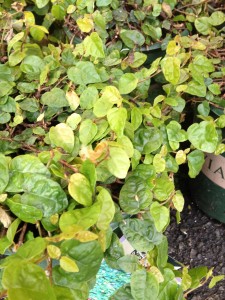
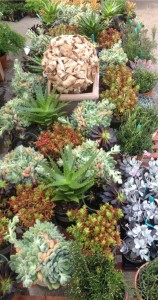
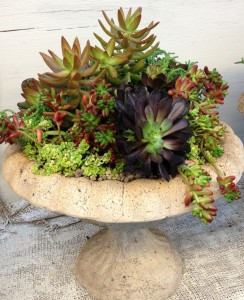
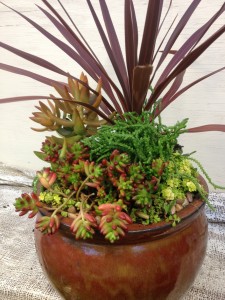
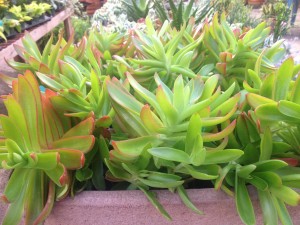
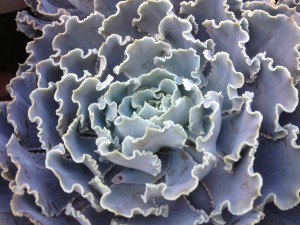
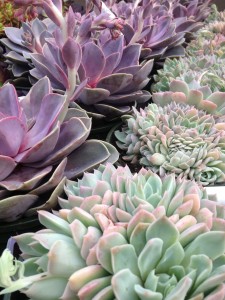
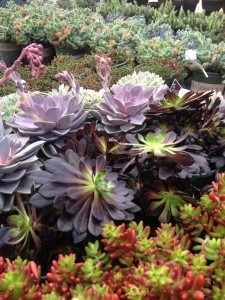
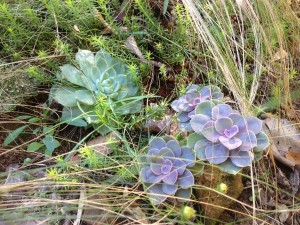
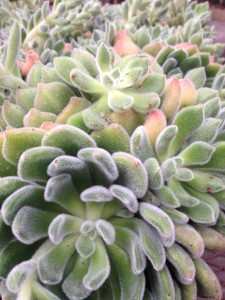
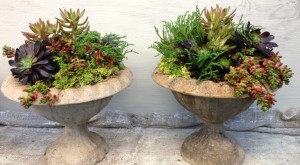
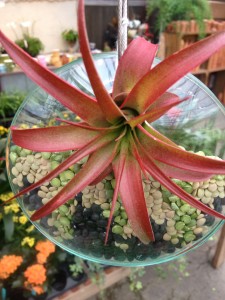
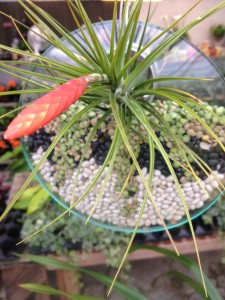
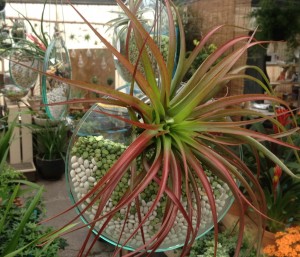
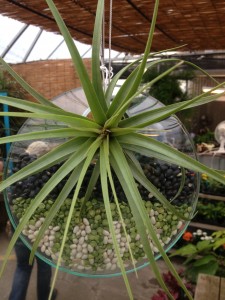
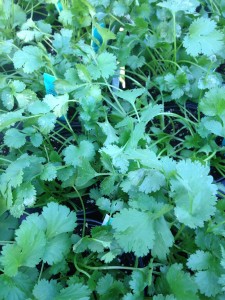
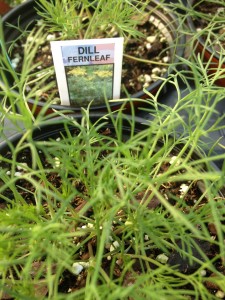
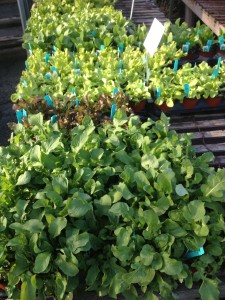
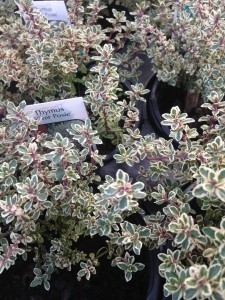
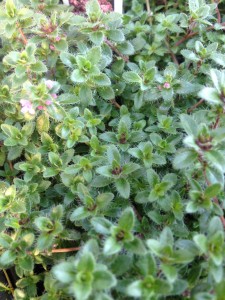
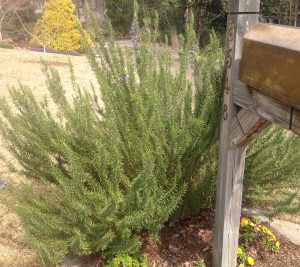
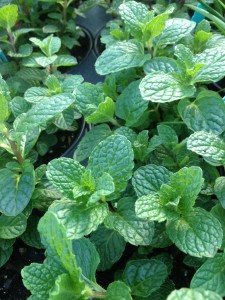
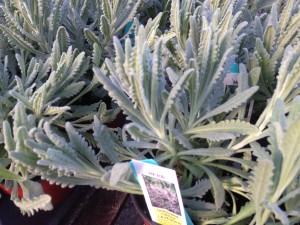
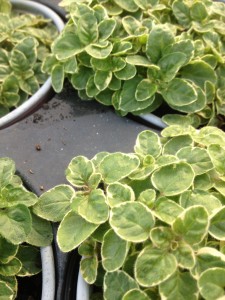
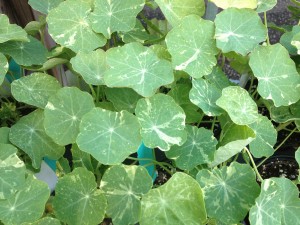
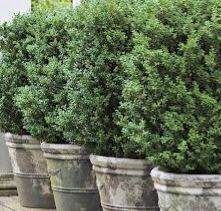 This is a portion of Bradford Horticulture’s newsletter. Dave Bradford is a former Birmingham area extension agent. His newsletter would be a good one to sign up for if you’d like timely information for our area! (Now between Oak Street Garden Shop and the Boxwood Doctor, you should be covered!)
This is a portion of Bradford Horticulture’s newsletter. Dave Bradford is a former Birmingham area extension agent. His newsletter would be a good one to sign up for if you’d like timely information for our area! (Now between Oak Street Garden Shop and the Boxwood Doctor, you should be covered!) 